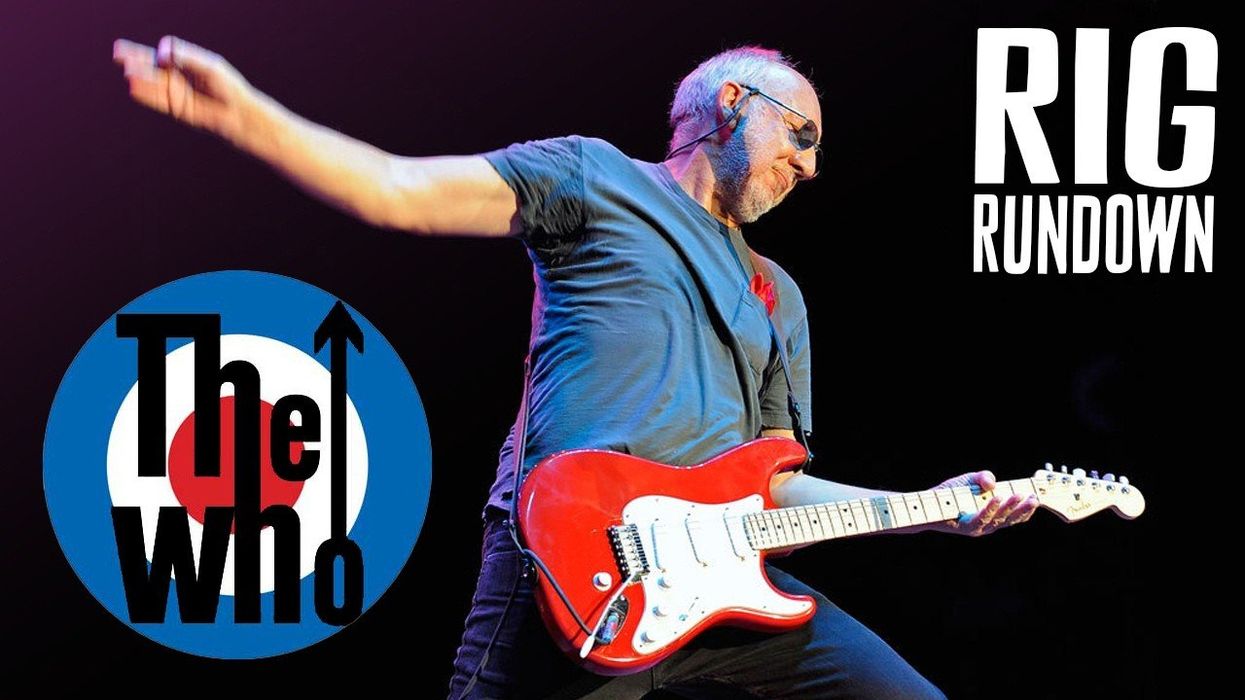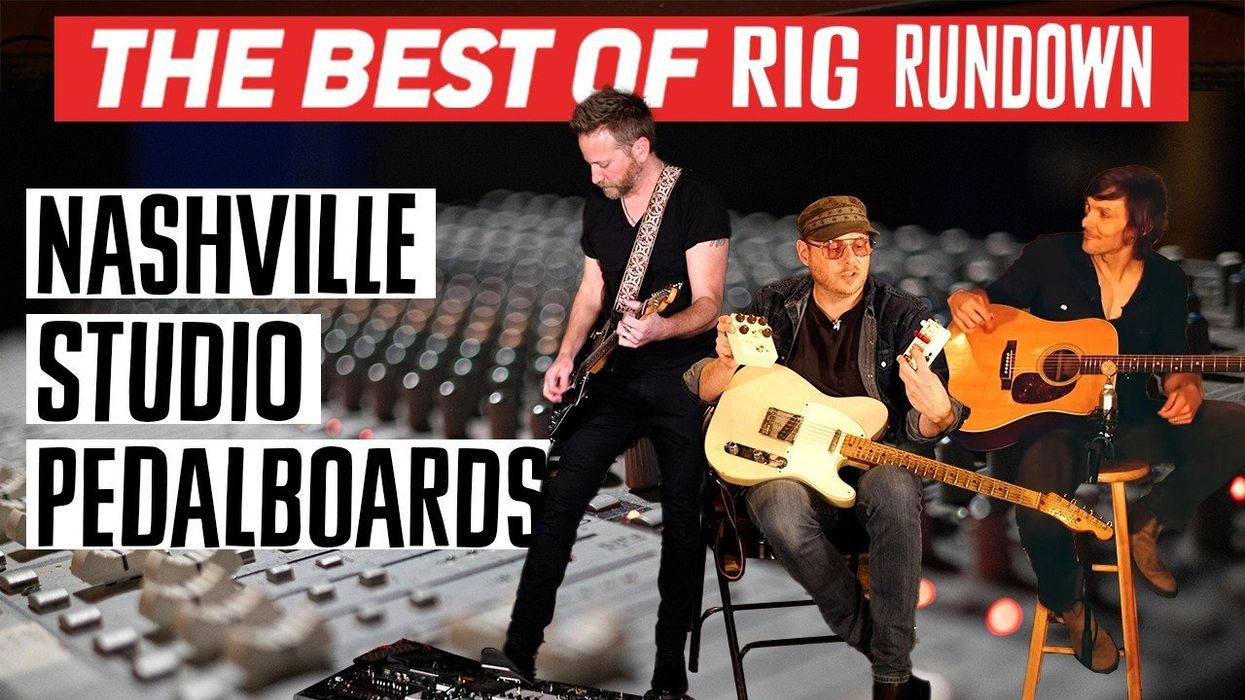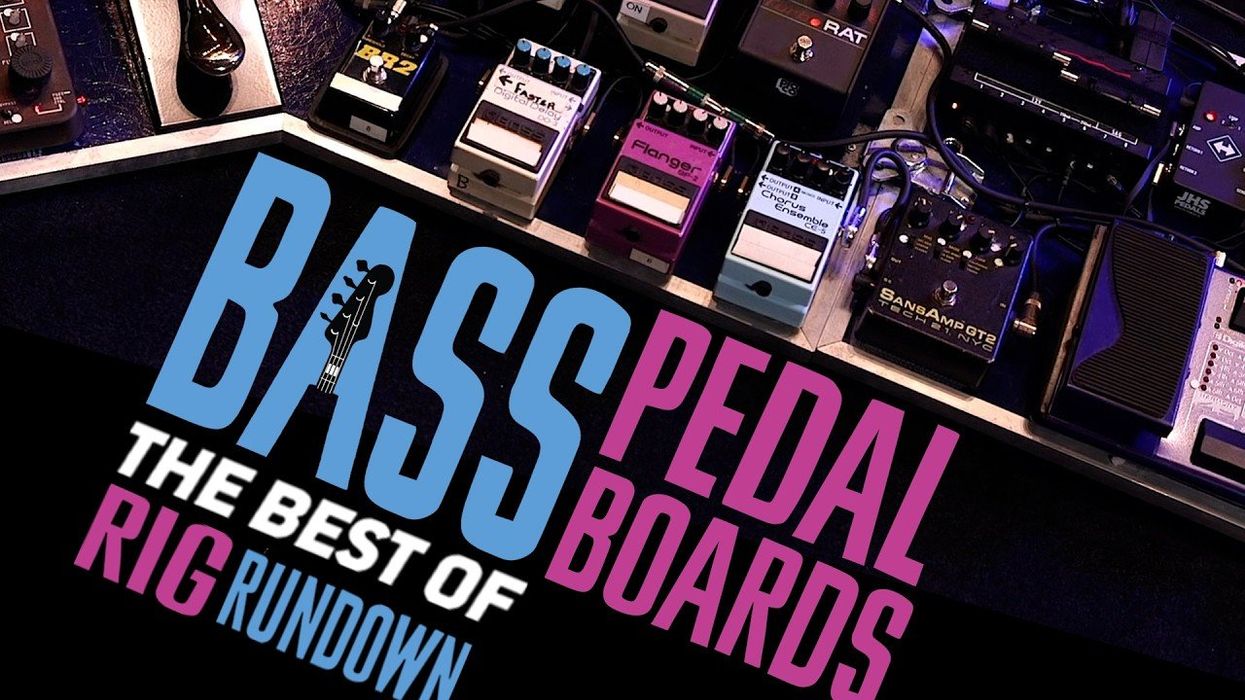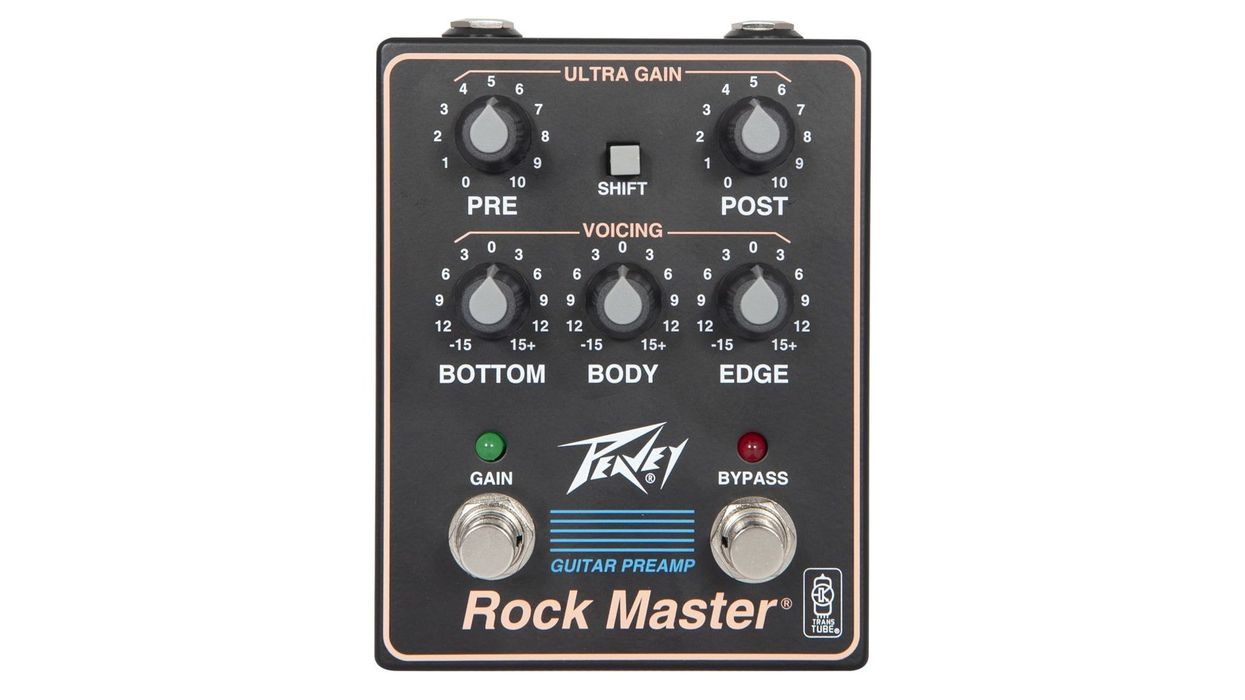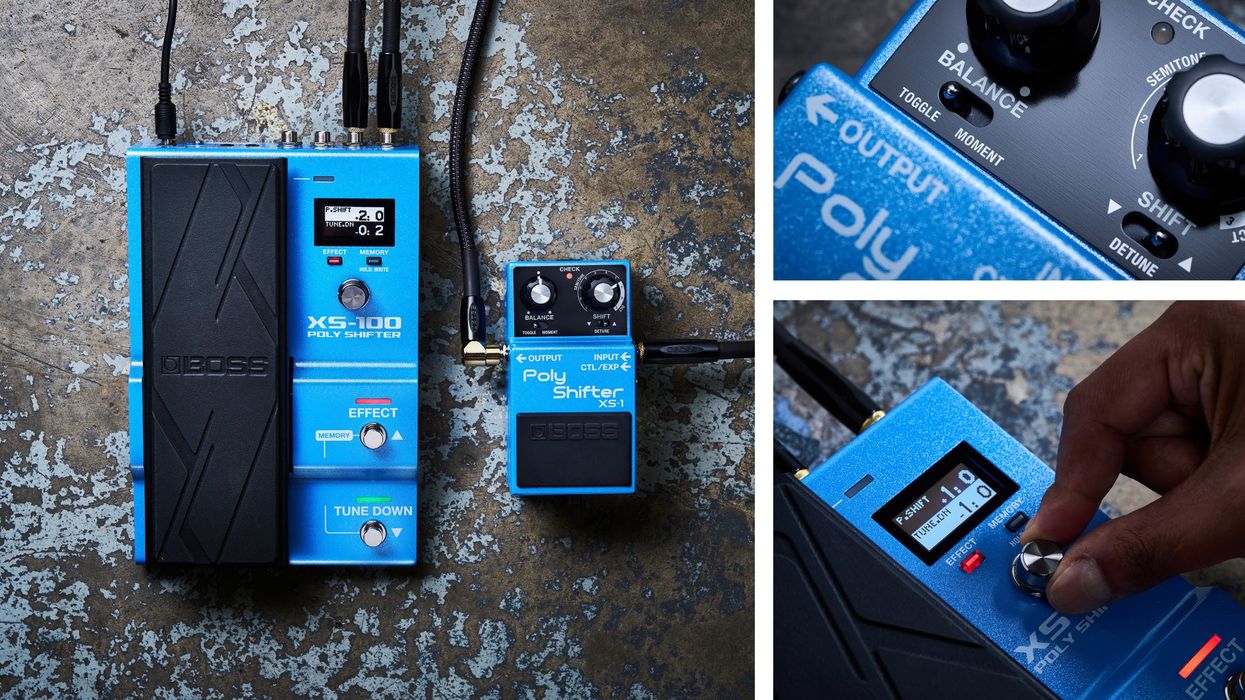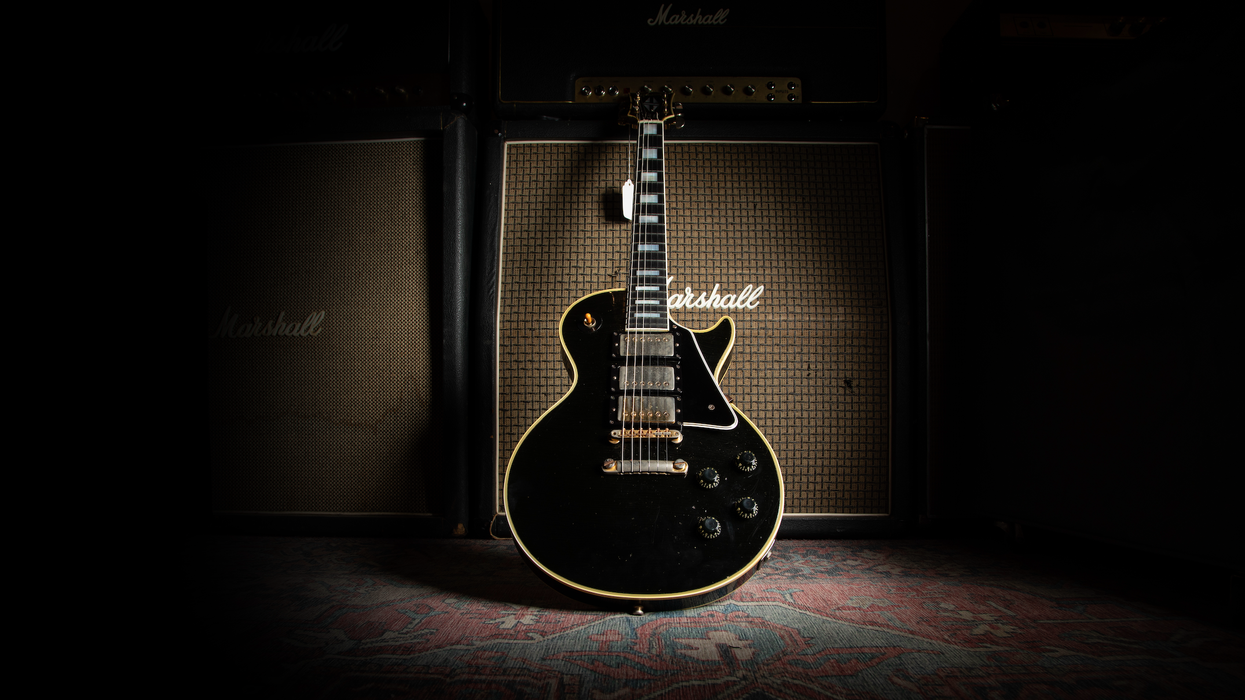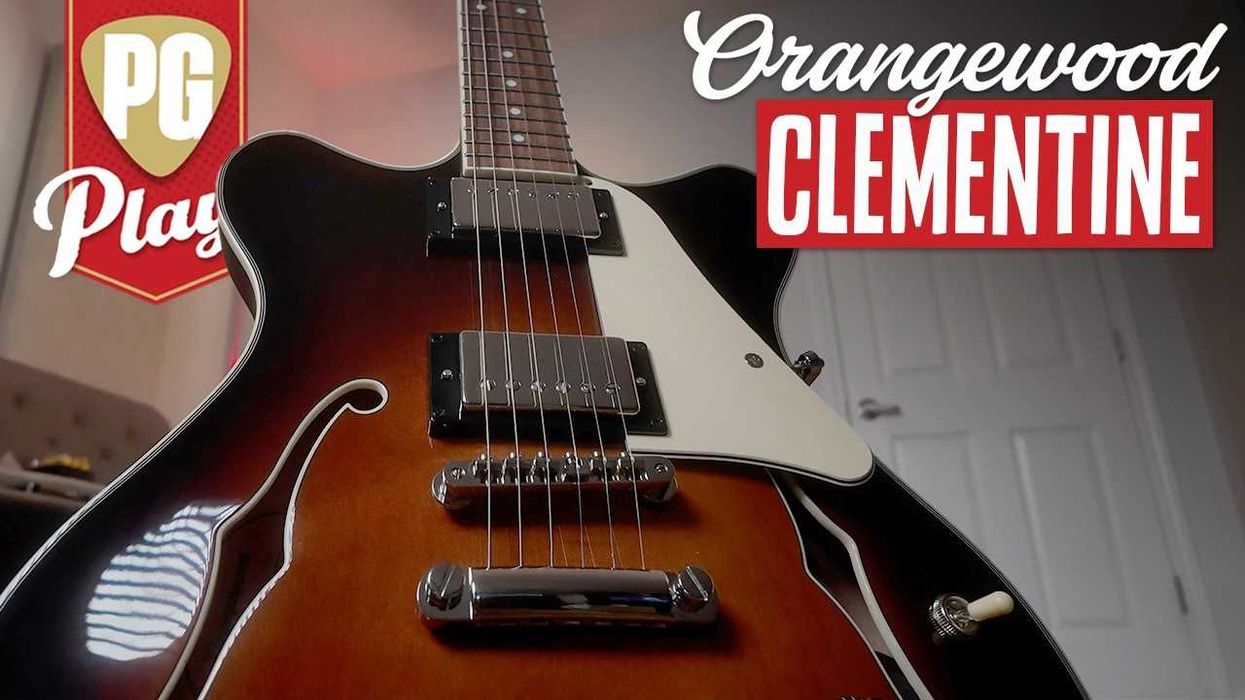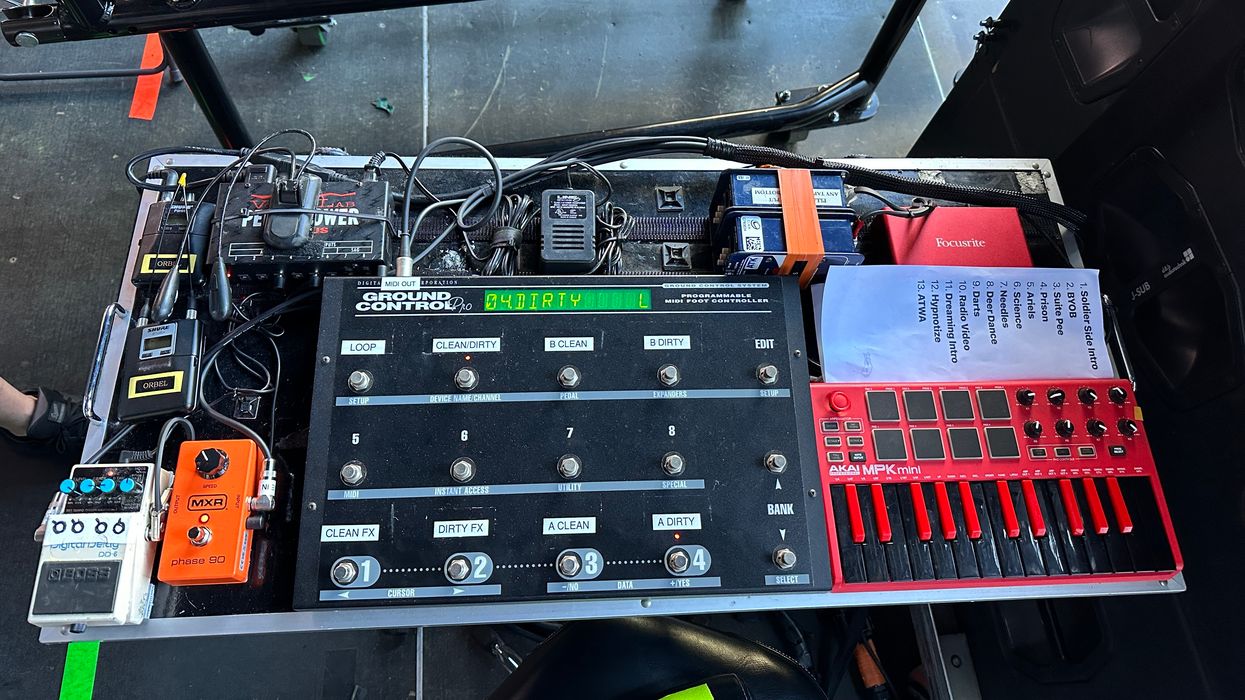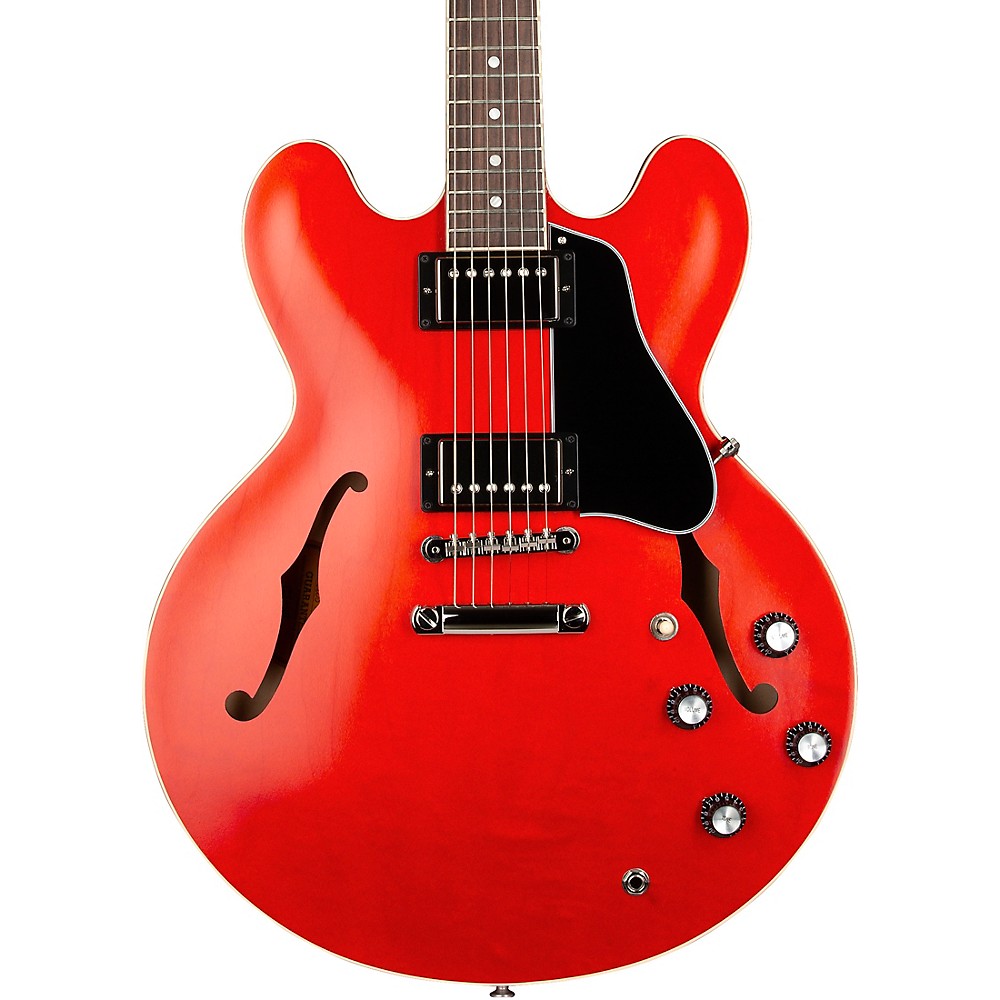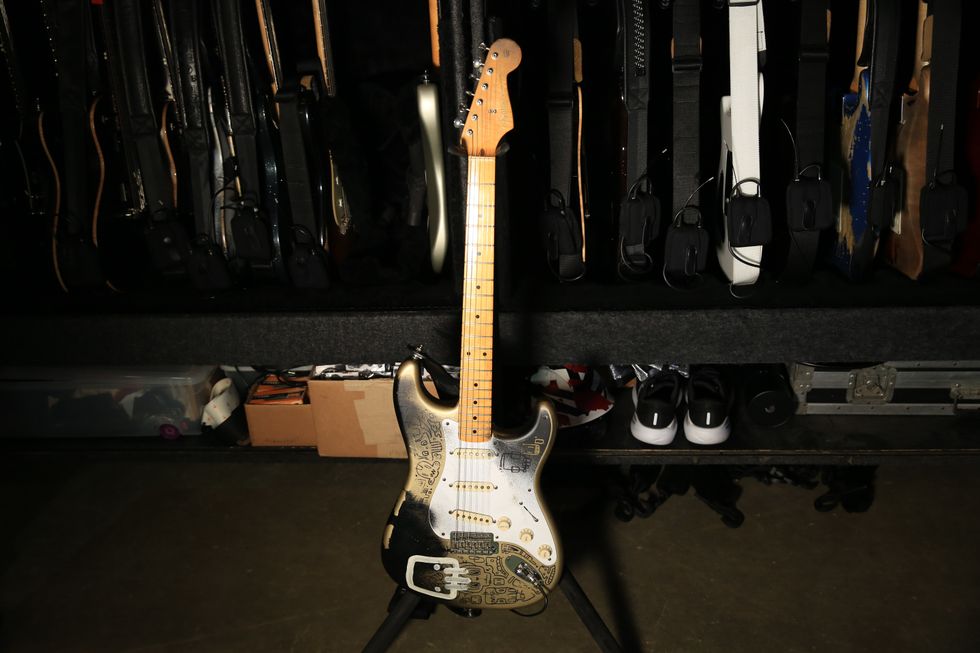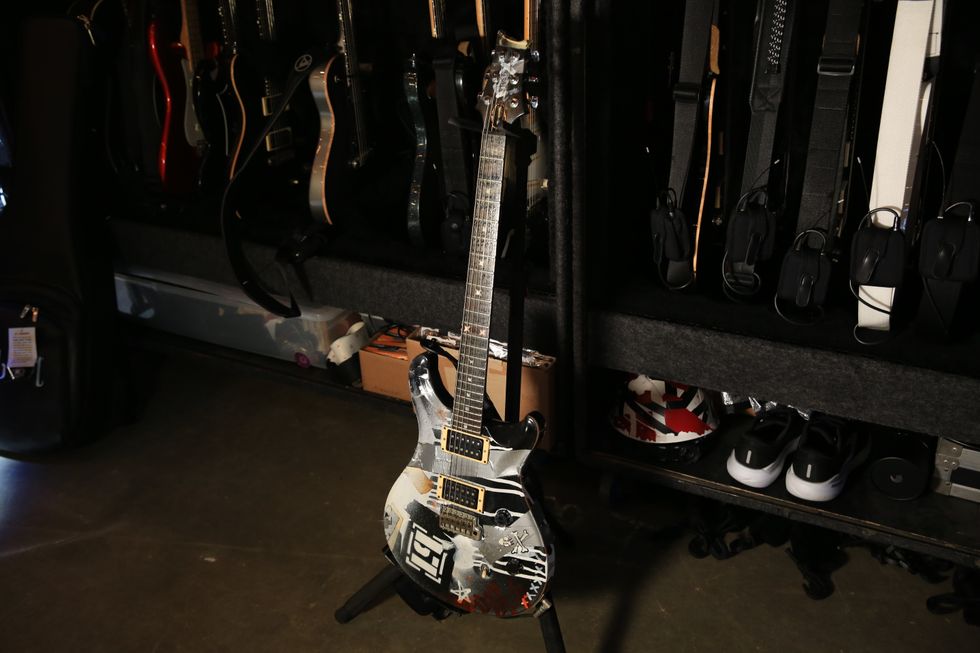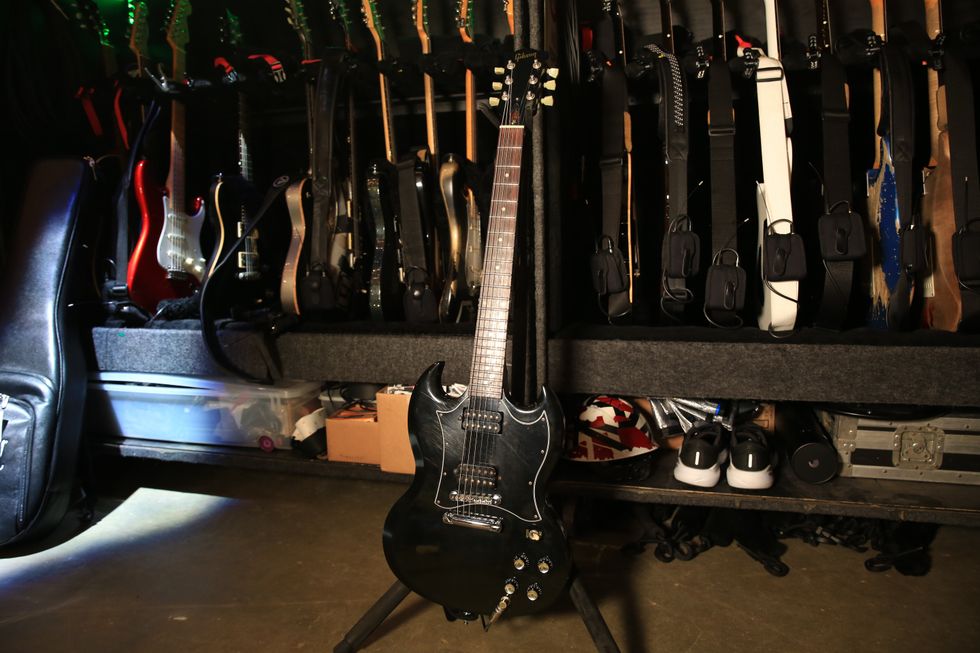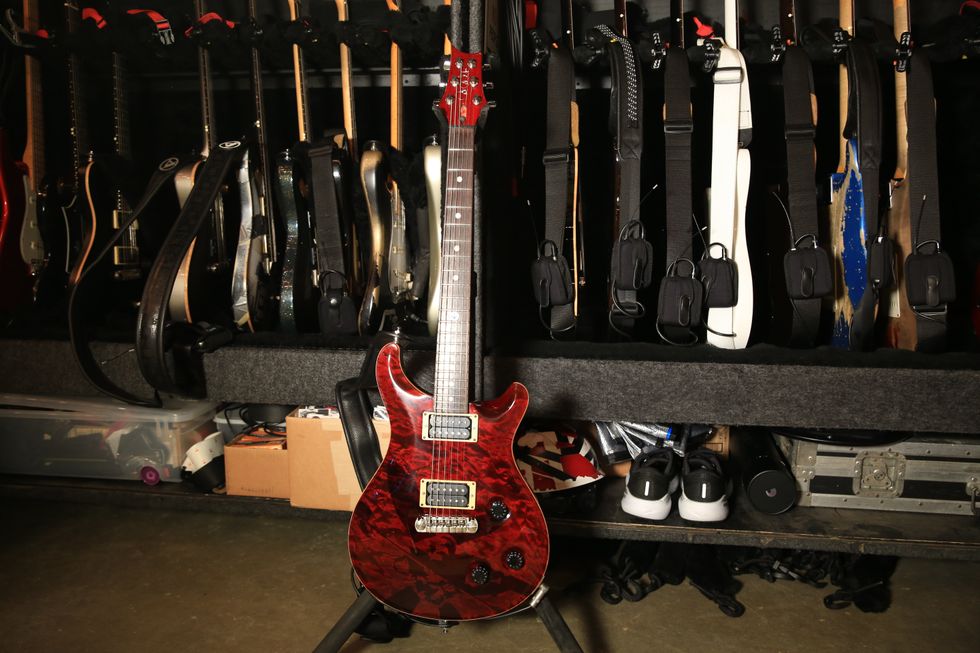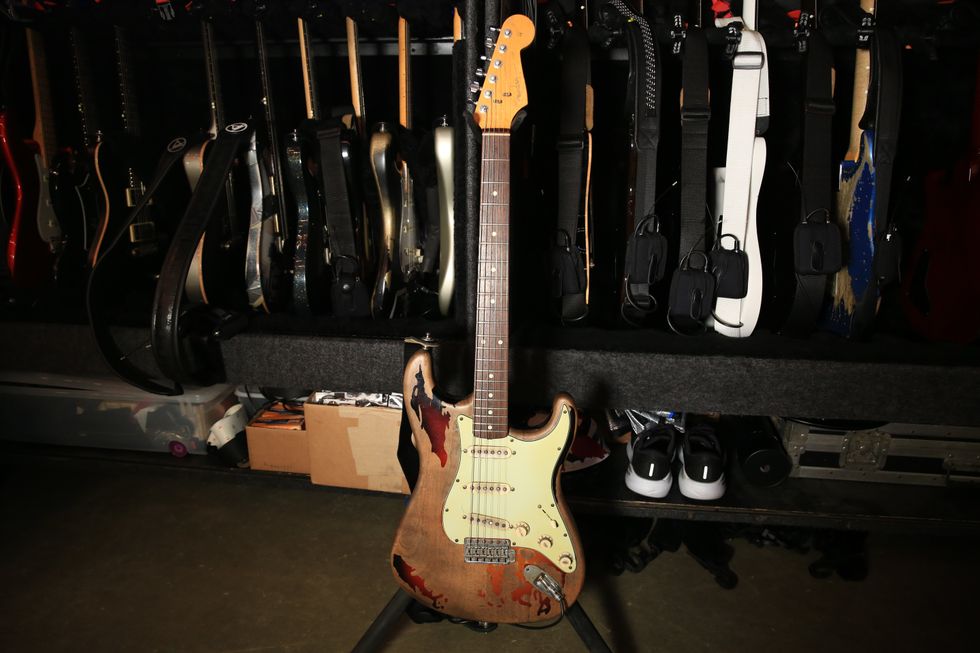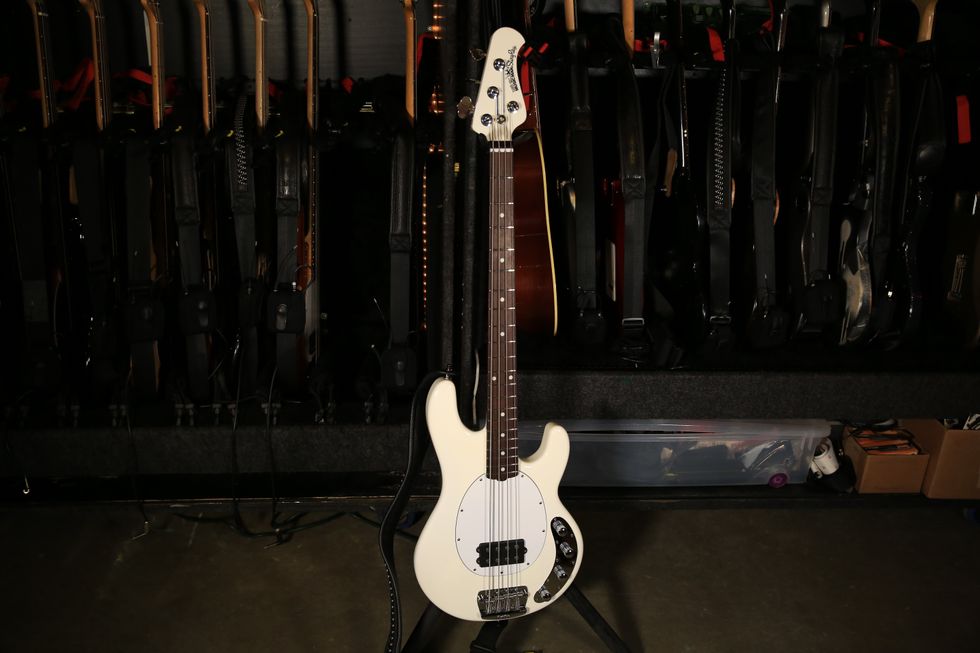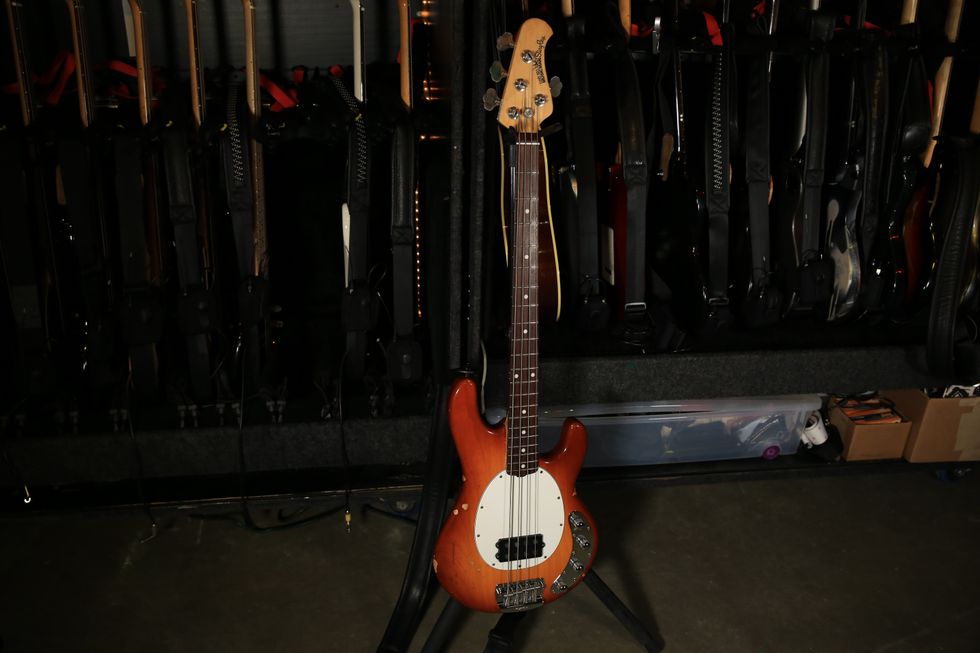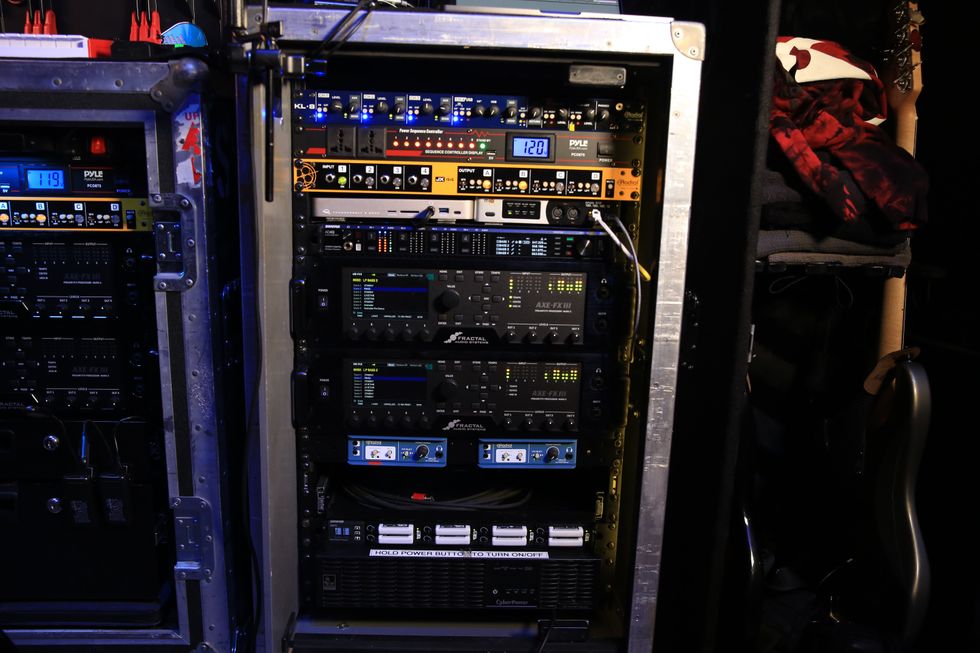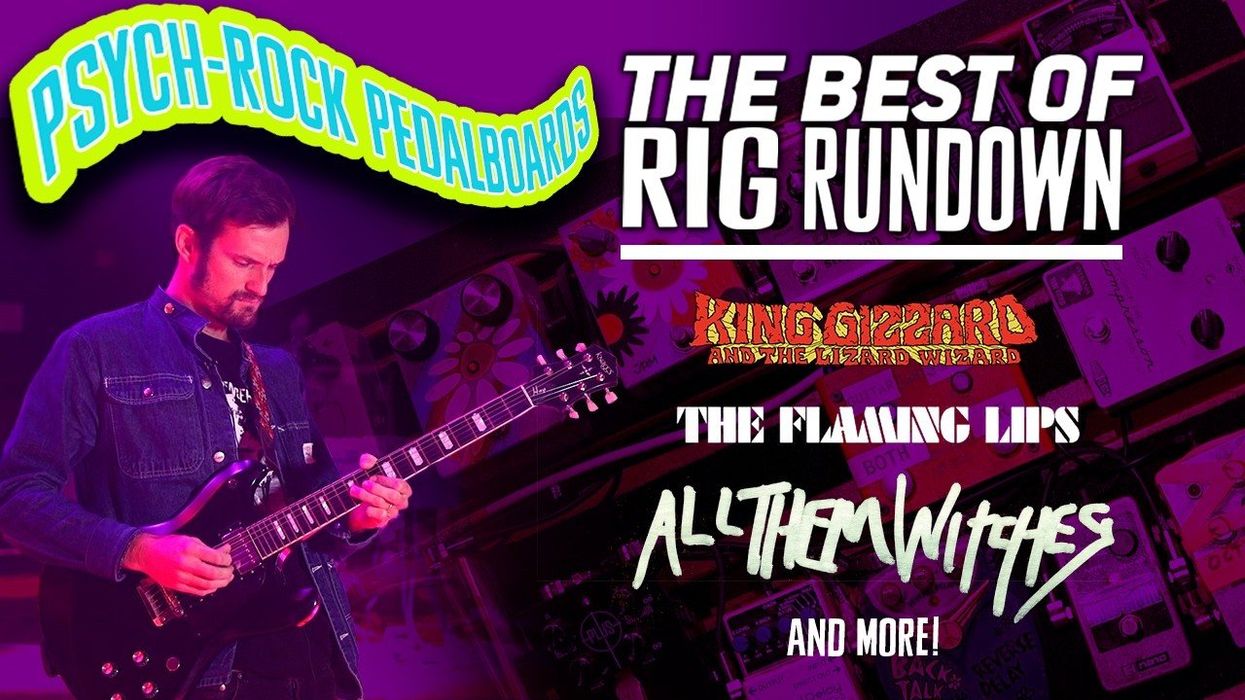Loyal, longstanding partnerships with ESP, DiMarzio, and Fryette have forged a foundational triumvirate of tone helping the underground alt-metal titan construct Meantime and Betty, tour in David Bowie’s band, and contribute to film scores for Heat and Catwoman.
“I could not exist without guitar,” admits Helmet founding lead guitarist and singer Page Hamilton. “I know this to be true because I’m a miserable asshole if I don’t play guitar. When I wake up in the morning, the first thing I do is play guitar. It’s an incredible instrument and I just love it.”
But what does one do with that creative codependency? Page Hamilton’s impactful contributions to rock music were cemented when Helmet wrote and recorded a pair of back-to-back blisters with 1992’s Meantime and 1994’s Betty. Those pillars of ’90s alternative metal and guitar granite forever chiseled out his place in hard-rock history.
Since 1989, Hamilton and Helmet have dished out a total of nine studio albums (plus a live set) that balance punishing, fastened-down ferocity with mercurial moments of melody that make their sledgehammer fall harder.
Beyond that legacy, Page was a part of David Bowie’s band for the 1999 Hours tour, playing Saturday Night Live and being included on two live albums from the Starman. Further diversifying his guitar vocabulary, he’s contributed to several film scores for Heat, Titus, In Dreams, Catwoman, and Chicago Cab. He’s explored the instrument’s outer realms with German avant-garde guitarist Caspar Brötzmann on a live improv album (1996’s Zulutime), and expanded his vocabulary by diving into jazz guitar, noting in our Rundown he’ll release an album next year. Hamilton has even put out a guitar instruction DVD, Sonic Shapes: Expanding Rock Guitar Vocabulary for Hal Leonard. All of this (and more) accomplished because guitar is his lifeblood.
And we found out during our Rig Rundown—filmed May 7, 2024 at Nashville’s Exit/In—that most of this material was spawned from three key ingredients, all still in his rig: ESP Horizon guitars, Fryette amps, and DiMarzio humbuckers. These partnerships with each company are not gratuitous or grifting. He’s been aligned with ESP since 1989. He started working with DiMarzio in the early ’90s, and he and Steven Fryette have sharpened his sound since 1996. These three friendships have fostered an integral strand in Page’s tonal DNA, and Hamilton covers each at length with us. Plus, he breaks down the simplifying move from a complicated Bradshaw rack-switching system to something more modern and efficient, with five Boss boxes and a duo of H9s.
Brought to you by D’AddarioPunk Rock Pink
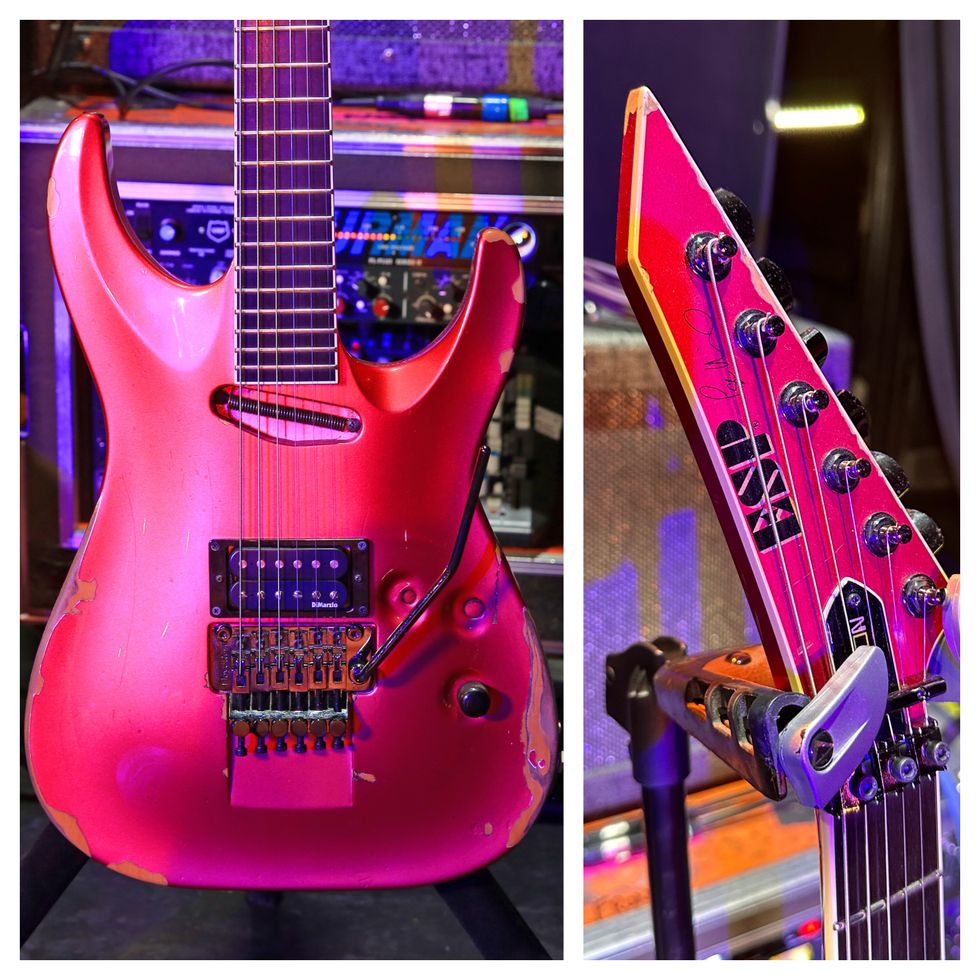
A friend suggested Hamilton visit ESP Guitars’ small NYC shop in 1989. He wanted to find an instrument that looked good and sounded better. After trying a few out, he landed on a magenta Horizon Custom that still shapes Helmet’s sound. After thousands of shows, several surgeries, and having the original Horizon Custom go missing for weeks when touring in Mexico, Hamilton now keeps the old friend at home, but he still honors his 35-year connection by bringing out the above relic’d ESP LTD PH-600 MG Page Hamilton Signature. The lone humbucker is a custom jobber from DiMarzio’s longtime chief design engineer Steve Blucher, who originally voiced the pickup with Hamilton in the early ’90s. (DiMarzio’s current offering of this pickup is the Air Zone model.) Helmet typically tunes to drop C or drop D depending on the era of material. All his guitars take D’Addario EXL140 Nickel Wound Light Top/Heavy Bottom strings (.010–.052) and he attacks them with Clayton 1.52 mm rounded triangle guitar picks made from acetal.
Like its inspiration, the pink Horizon Custom has a pointy reverse headstock and Floyd Rose tremolo.
Silver Is First
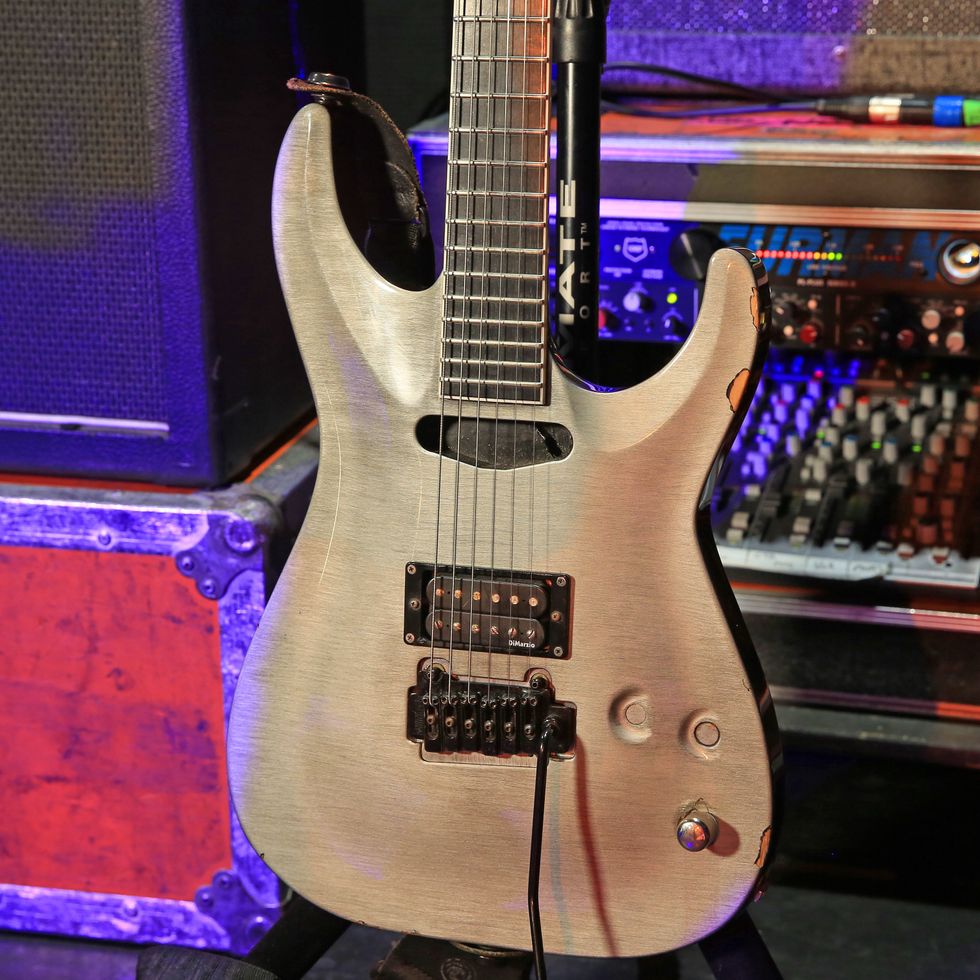
Most Helmet fans will associate Page Hamilton with his pink Horizon. Its radical hue and the trem spring in place of a neck pickup certainly make it a head-turner, but his first signature collaboration with the Japanese brand was this brushed silver ESP LTD PH-600. The look on this PH-600 is taken from an aluminum-leaf finish originally done in the ’90s by NYC artist Erik Sanko (of the Lounge Lizards and Skeleton Key) on one of Hamilton’s old guitars. When ESP and Hamilton were workshopping the collaboration, Page thought he’d use a neck pickup for film work and other projects, but quickly found out that the extra knobs and controls only got in the way during Helmet shows. (The production model featured a DiMarzio FastTrack in the bass slot.) This run of signature models included a Wilkinson VS-100N vibrato.
“I drive ESP crazy because they build me these beautiful guitars and then I have them rip everything out. I just can’t deal with a neck pickup in Helmet,” Hamilton laughs.
Let's Dance
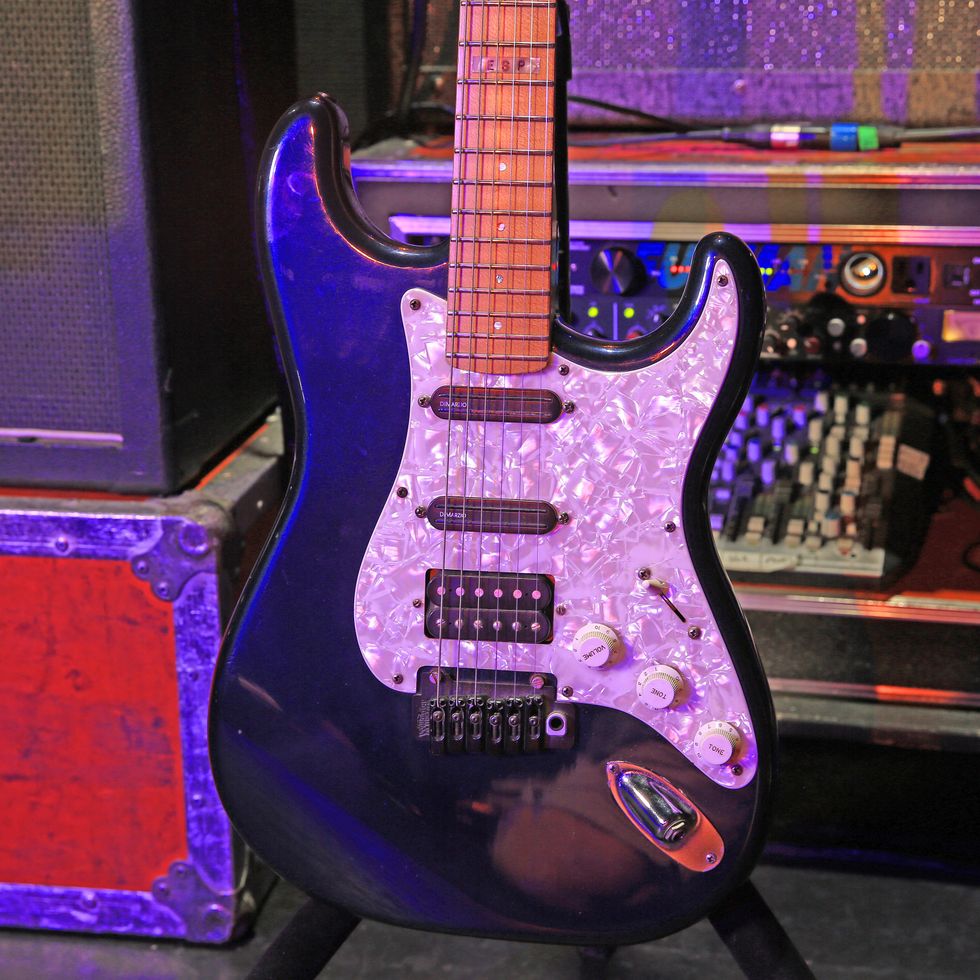
When Hamilton was a part of David Bowie’s touring band for the Hours tour in 1999, this ESP Vintage Plus S-style joined the party with its custom DiMarzio HSS configuration. If you dig up Bowie’s Saturday Night Live performance of “Rebel Rebel” from October 1999, you’ll see Hamilton riffing on this same Vintage Plus ESP. Additionally, while only playing eight shows with the Thin White Duke, Page and this guitar were featured on a pair of live releases—Something in the Air (Live Paris 99) in 2020 and At the Kit Kat Klub (Live New York 99) in 2021.
Hamilton describes his brief time around Ziggy Stardust as “just hanging out with your super-cool uncle who happens to be a genius.” Hamilton shared a few more quotes that Bowie bestowed on him about Page’s approach to guitar: “He was really complimentary about my guitar playing, noting ‘that it sounds like it’s very abstract what you do, but it’s very thought out. And you remind me a bit of Phil Manzanera [of Roxy Music].’ That was an amazing experience.”
Viper
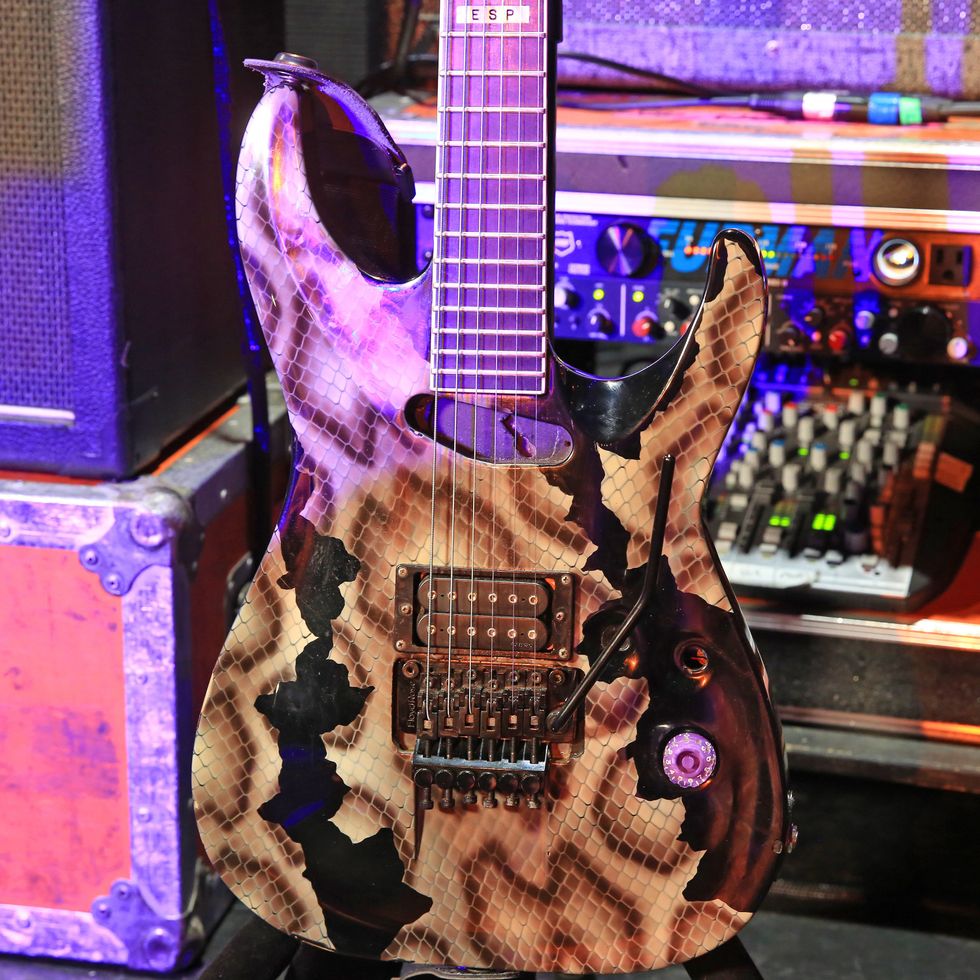
Here’s a late-’80s ESP Horizon Custom that Hamilton got around the same time he scored the original magenta Horizon that was his main dragster for decades. This one is wrapped in a snakeskin finish and still gets used on a nightly basis.
My Way
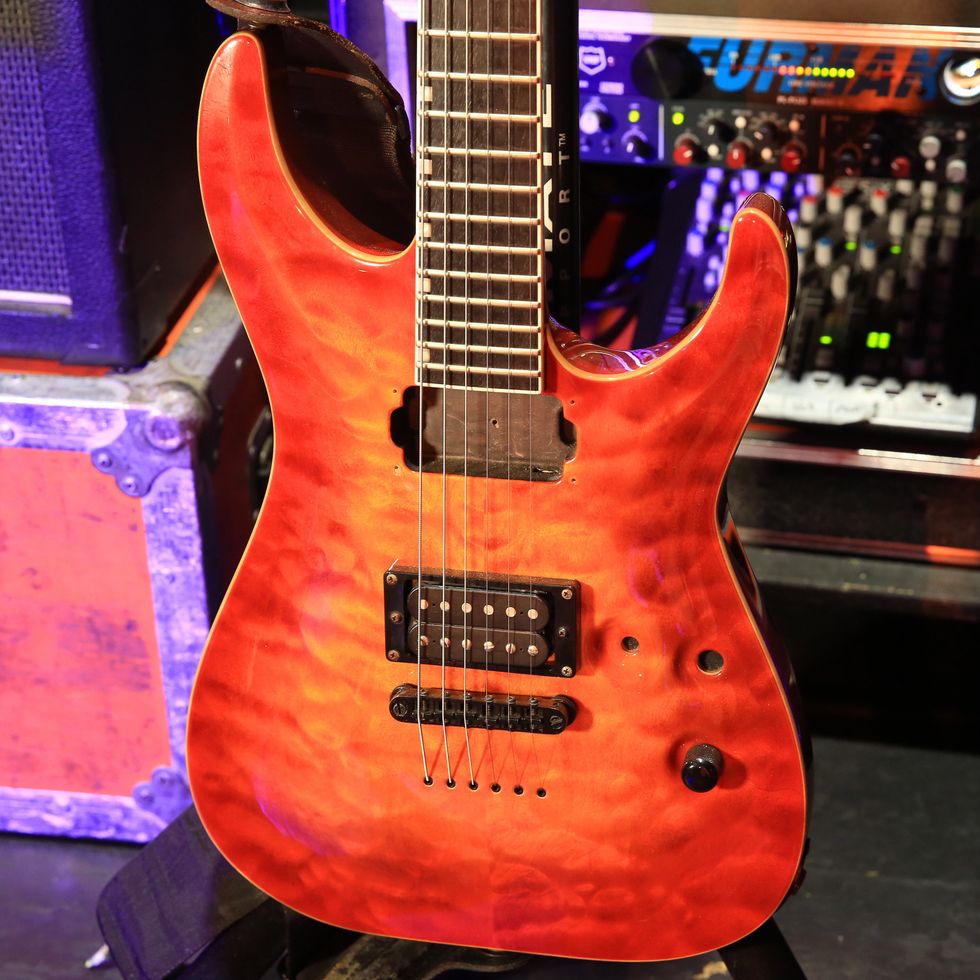
This sunburst Horizon is in a custom drop-D tuning (D-A-D-G-D-E) that gets used for “Sinatra” off Strap It On.
Fryette Firepower
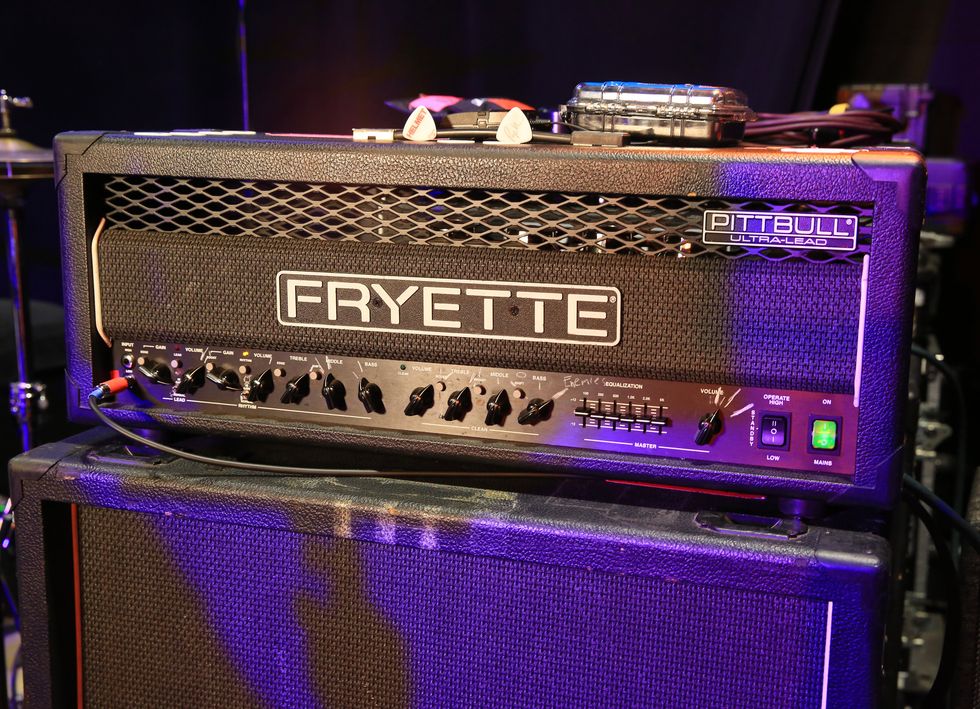
Hamilton has worked with Steven Fryette for nearly 30 years when a VHT power amp (then owned and operated by Fryette) helped salvage the recording of Aftertaste. Since then, Hamilton has slowly morphed his live rig to only having Fryette gear, eventually landing on a KT88-loaded Pittbull Ultra-Lead 3-channel head over 10 years ago. Page uses complex chords in Helmet and doesn’t want the note nuances and melodies lost in the mix of a mushier amp. This head runs into a Fryette 4x12 cab outfitted with Eminence P50E speakers.
Page Hamilton's Pedalboard
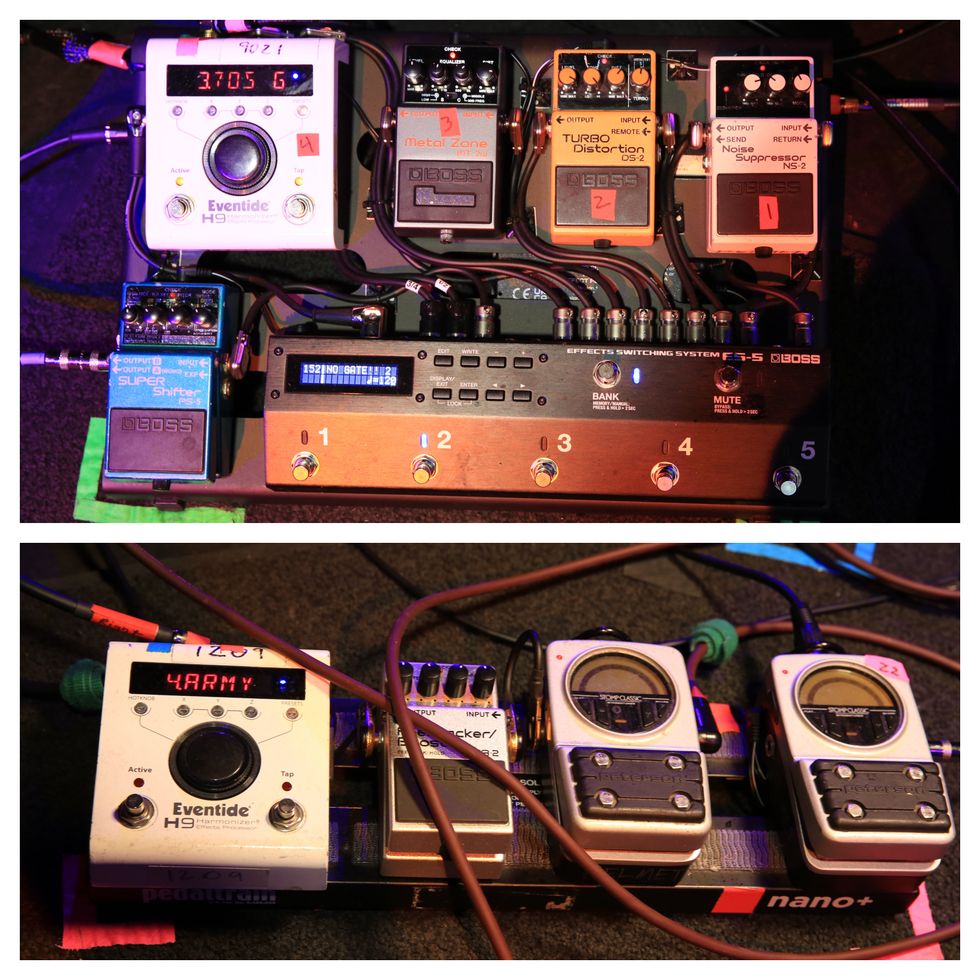
Hamilton used to travel with a full Bradshaw rig with rack gear, but he’s reduced things to a digestible manner with a pair of Eventide H9 units and a handful of Boss boxes—a PS-5 Super Shifter, a MT-2W Metal Zone Pedal Waza Craft, a TS-2 Turbo Distortion, a NS-2 Noise Suppressor, and a FB-2 Feedbacker/Booster. A couple of Peterson Stomp Classic tuners keep the Horizons in check, and a Boss ES-5 Effects Switching System organizes all his sounds and settings.
Shop Page Hamilton's Rig

ESP LTD Horizon 87 Solidbody Electric Guitar
DiMarzio Air Norton
D'Addario EXL140 XL Nickel Wound Electric Guitar Strings - .010-.052 Light Top/Heavy Bottom
Eventide H9
Boss MT-2W Metal Zone Waza Craft
Boss DS-2 Turbo Distortion
Boss NS-2 Noise Suppressor
Boss ES-5 Effects Switching System
Pedaltrain Nano+
![Helmet’s Page Hamilton Rig Rundown [2024]](https://www.premierguitar.com/media-library/rig-rundown-helmet-s-page-hamilton-2024.jpg?id=52471968&width=1200&height=675)


